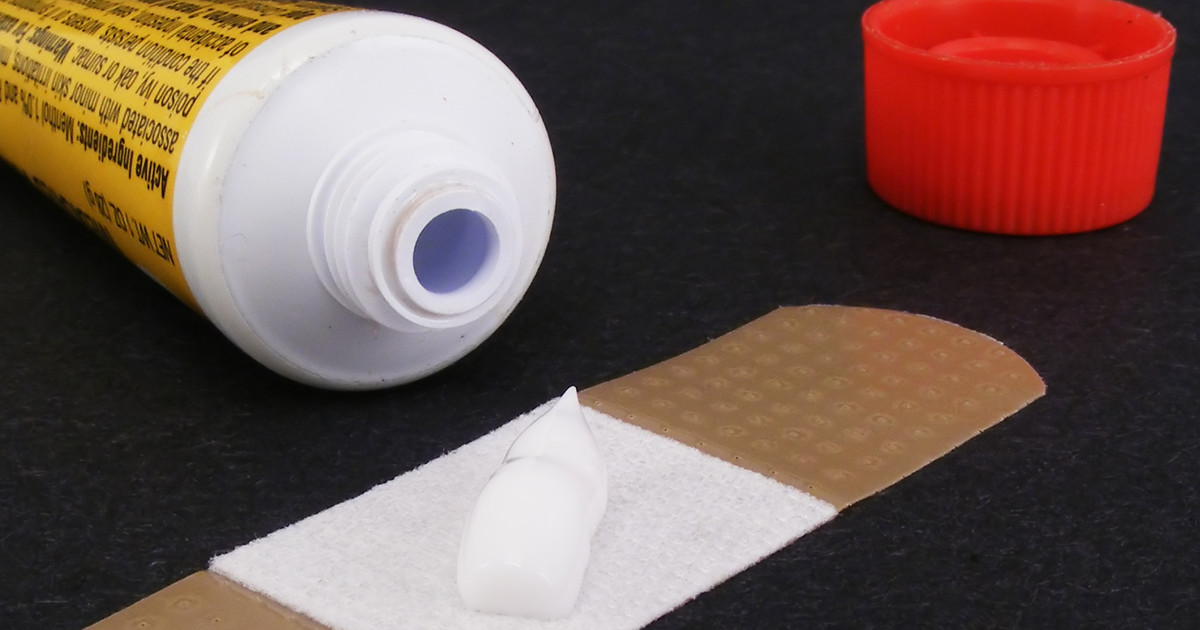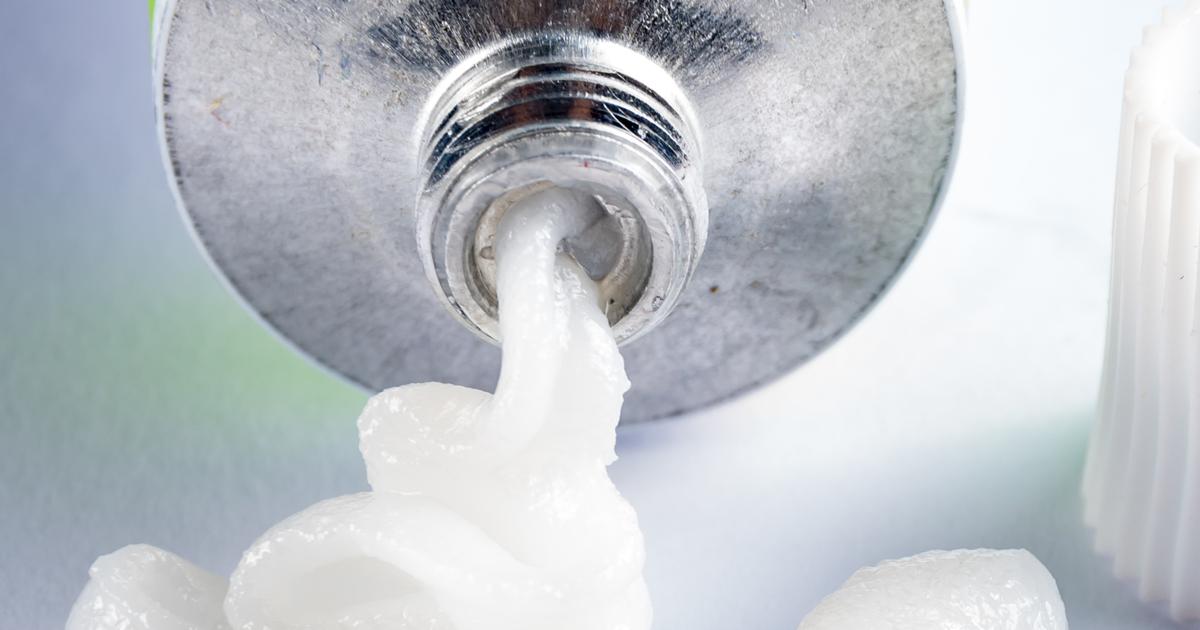Guide To Over-The-Counter Antibiotics
Bacitracin

Bacitracin can be purchased over-the-counter as a topical antibiotic ointment. As mentioned, it can be found in Polysporin, but also on its own. It is intended for the treatment of minor scrapes, cuts, and burns. This antibiotic may help prevent these minor wounds from becoming infected. Patients should not use it to treat animal bites, severe burns, or puncture wounds. Additionally, it is not safe for use on deep wounds. Individuals with allergies to mineral oil or petroleum jelly should not use bacitracin ointment.
When using bacitracin, it is essential to use it on the affected skin only and never over large areas. Bacitracin can be safely applied to the skin one to three times each day. Patients may want to cover the area with a bandage each time they reapply. Pregnant or breastfeeding women must ask their doctor before using bacitracin. Rarely, an allergic reaction to bacitracin may occur. This could produce hives and swelling of the face, lips, or tongue. Some individuals could experience breathing difficulties if an allergic reaction is severe. If the patient shows signs of an allergic reaction, they should seek out emergency medical care.
Neomycin

Neomycin is used in over-the-counter skin ointments. Many of these ointments also contain polymyxin B or bacitracin. As with other antibiotic ointments, this one is used to prevent infection and speed up the healing of minor cuts, scrapes, and burns. Some patients may wish to apply this type of ointment to sores as well. Patients must wash their hands before and after applying neomycin ointment. They should apply a thin layer of the ointment to the affected area. Patients can safely rub it into the treatment site. Individuals with kidney disease should check with their physician or pharmacist to ensure that neomycin is safe for them. If a large amount of this antibiotic is absorbed into the body, patients may develop kidney issues or hearing loss. Thus, patients should not apply this ointment to broken skin. In addition, they should not use it in amounts larger than what is recommended on the package instructions.
Patients who become pregnant during treatment with neomycin should inform their doctor immediately. In general, this antibiotic should not be used on a child's diaper area. If a doctor recommends this type of use, the child's diapers should not be tight, and plastic pants should not be used. This is because plastic pants and tight diapers could increase the amount of neomycin that the body absorbs, which may increase the risk of side effects. Occasionally, neomycin could cause redness, itching, burning, or irritation at the application site. Some patients may develop a rash. Patients who notice any of these effects should let their doctor know right away.
